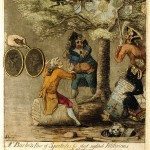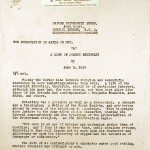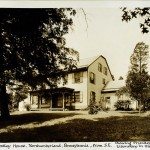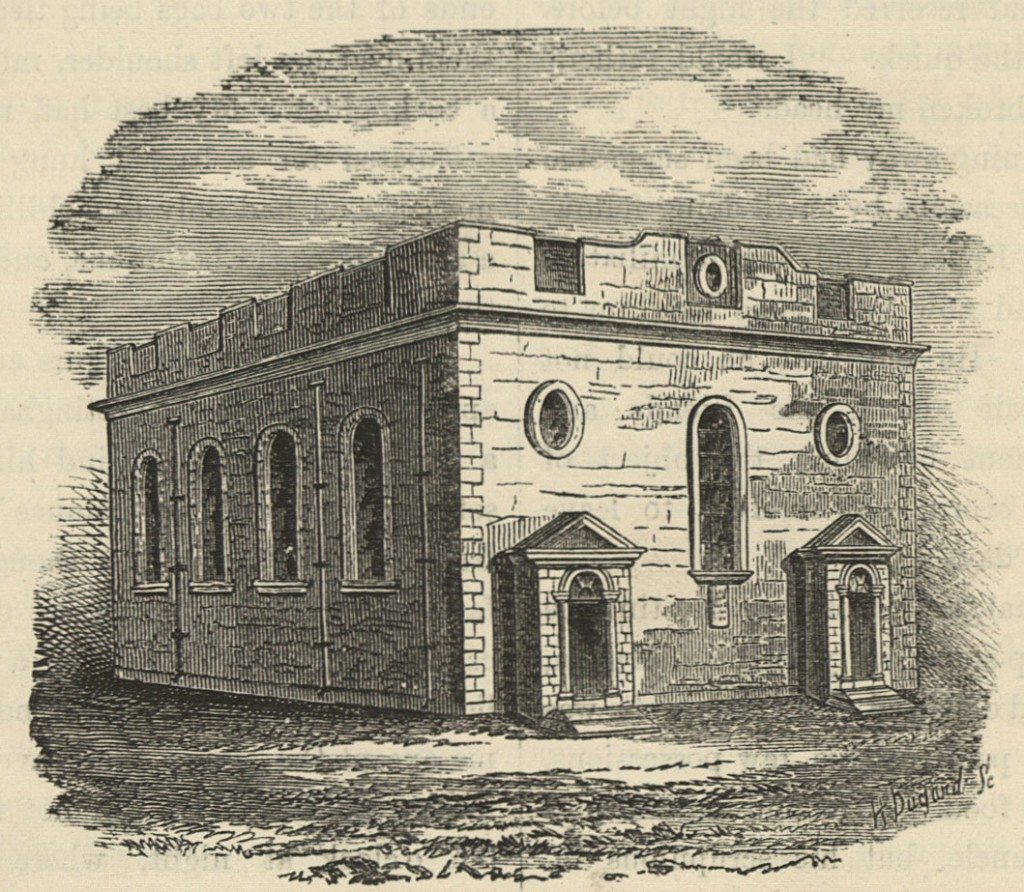Priestley and Birmingham
Image: The New Meeting House, which Priestley served as minister between 1780 and 1791
Image from: William Hutton, An History of Birmingham, 1781 edition). Local Studies and History, Birmingham Central Library
Like all new centres of population at this time, Birmingham was a notably free and easy place in which to get work and make, or lose, money. There was no corporation or town council, no guilds and no entrenched elite. The religious affiliations of the bulk of the population were certainly Anglican, but there also existed a dissenter minority which happened to include many of the town’s richer inhabitants. To be precise, mid-century Birmingham boasted two long-established presbyterian or Calvinist communities, a small Quaker community and a more recently established congregation of Baptists. On the whole, and by the standards of other eighteenth-century provincial towns, this large concentration of labouring people rubbed along fairly well. Unrest triggered by soaring food prices occurred from time to time; there had been serious civil disturbances in 1715, and there would be more in 1791 and in 1839. Between times, however, rich and poor and dissenters and churchmen co-existed reasonably amicably. This, then, was the situation when Dr Joseph Priestley arrived and took over the New Meeting – the more liberal of the two presbyterian congregations – in October 1780.
If relations between the various communities making up the town were not habitually conflictual, whether in 1780 or even 1785, it becomes something of a challenge to explain how the atmosphere which gave rise to the riots of 1791 came into being. The answer has to be sought first and foremost at the national, even the international level. Nevertheless, Priestley himself cannot escape a share of the responsibility for what happened in 1791. If Joseph Priestley had not moved to Birmingham in 1780, is it likely that the riots have occurred notwithstanding? I think not.
« Previous in this sectionNext in this section »Continue browsing this section
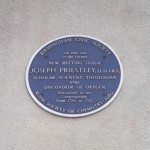 The Life and Times of Dr Joseph Priestley
The Life and Times of Dr Joseph Priestley
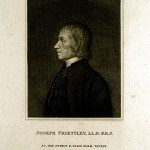 Introduction
Introduction
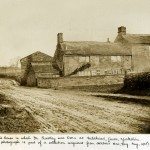 Priestley’s Origins
Priestley’s Origins
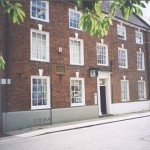 Priestley’s Education
Priestley’s Education
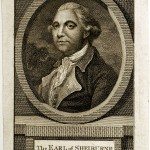 Priestley’s Early Career
Priestley’s Early Career
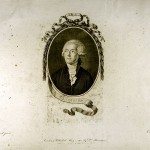 Priestley and Lavoisier
Priestley and Lavoisier
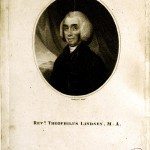 Priestley and Nonconformist Leaders
Priestley and Nonconformist Leaders
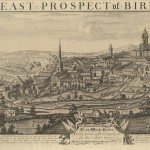 Priestley and Birmingham
Priestley and Birmingham
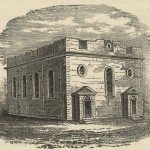 Priestley and Birmingham
Priestley and Birmingham
